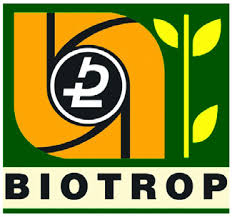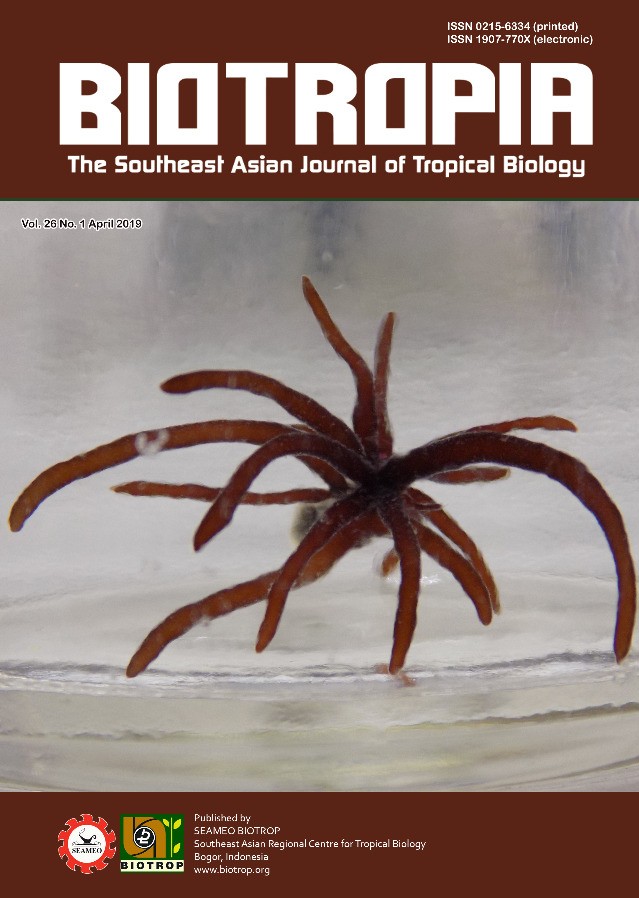
Tags
ANTIMICROBIAL AND HERBICIDAL PROPERTIES OF THE FRUTICOSE LICHEN Ramalina FROM GUIMARAS ISLAND, PHILIPPINES
Content Language : English

Lichens, a unique symbiosis between a mycobiont and a photobiont organism, are known to produce metabolites that can be tapped as biopesticides for agriculture. Such property of the fruticose lichen Ramalina collected within Guimaras Island, Philippines was investigated in this study. A total of 195 specimens were collected and characterized using conventional morphological and chemical analyses. These lichens were identified as Ramalina farinacea, R. roesleri, and R. nervulosa. To test their potential application in agriculture, nine lichen specimens were extracted with acetone and assayed for its inhibitory activities against test bacteria, fungi, and weedy plants. All nine lichen extracts inhibited Pseudomonas aeruginosa (>19 mm ZOI) while only seven lichen extracts inhibited Staphylococcus aureus (13–19 mm ZOI). No inhibitory activity was observed among the fungal plant pathogens Fusarium oxysporum, F. solani, F. verticillioides, Colletotrichum capsici, and C. gleosporioides, and on the Gram-negative bacteria Escherichia coli and Pectobacterium carotovorum var. carotovorum. A decrease in the root (up to 27% reduction) and shoot (up to 39% reduction) lengths, and leaf chlorophyll content (up to 44% reduction) of rice weeds Fimbristylis miliacea, Leptochloa chinensis and weedy rice (Oryza sp.) were also observed. These results, therefore, suggested that the lichen crude extract from Ramalina is a potential biological control for weed management.
Link

This work is licensed under a Creative Commons Attribution-NonCommercial-NoDerivatives 4.0 International License.
